As a founding director of FirstGroup and a keen historian, I recognise how important transport infrastructure is.
Looking back, one can ask “what did the Romans do for us?”
In fact, they gave Britain its earliest transport infrastructure by building roads that established basic routes still being travelled today. Many of those early tourists were unwelcome and their stay, at least in the north-east, was short.
Faltering progress for further upgrades to region’s road infrastructure
Today, as we welcome visitors to the innumerable attractions in the north-east, we have an initial advantage in our roads infrastructure. The region was boosted bv the opening of the Diamond Bridge – the third Don crossing – in 2016 and Aberdeen Western Peripheral Route in 2019.
But progress has faltered since then, due to Covid, and delays in decision-making over the dualling of the A96 are concerning.
Connectivity in the region requires a safe, modern highway between Inverness and Aberdeen. This is made more urgent by the need to link Inverness and Cromarty Firth Green Freeport with the new investment zone earmarked for the north-east, a corridor that will be the beating heart of Scotland’s green energy industrialisation.
These are two vital hubs in the drive to net-zero, requiring connectivity for the massive infrastructure and logistics associated with new energy systems. Upgrading should include additional refuelling points for electric vehicles, both on the A96 and local roads linked to it.
In the context of the north tourism industry, the dualling of the A9 from Perth to Inverness has also suffered some delay, due to contracting problems.
Tourism and fishing are vital components of the Scottish economy. Last year saw 3.2 million overseas tourists visit Scotland, spending £3.2 billion – a 24% increase on 2019, the last pre-pandemic year.
But we need to overcome challenges to equip the north-east with the roads infrastructure it needs to complement other achievements and further grow its tourism industry, which has huge potential.
Golf and fishing tourism alone contribute more than £24 million a year to the north-east economy. The latter faces an existential crisis, with stocks of iconic Scottish salmon now at their lowest levels since records began in the 1950s.
If we don’t take action at scale to address that decline, fragile ecosystems may be lost for good and communities – such as those on Speyside and Royal Deeside – could face significant economic damages and the loss of traditional jobs.
Expansion of Aberdeen harbour isn’t just about tourism
Completion of the £420m Aberdeen south harbour project brought into operation what is now the largest berthage port in Scotland. Two dozen cruise ships called at Port of Aberdeen between April and September , bringing in 12,000 tourists. Cruise Scotland estimatesd these visitors typically spend £134, injecting £1.5m into the local economy.
The expansion of Aberdeen harbour isn’t just about tourism. As a hub for expert marine logistics, it’s equipped to support the next generation of renewable energy projects in offshore wind, supported by the largest concentration of energy supply chain companies anywhere in the UK.
At the same time, it is Europe’s premier port for the oil and gas industry – on which we’ll also be relying for decades to come. It is estimated that, at its full potential, Port of Aberdeen will support 17,500 jobs and deliver a boost of £2.4bn in GVA (gross value added) to the Scottish economy.
Inbound tourists need to be able to travel around Aberdeenshire comfortably and efficiently
Business connectivity with the wider world and inbound tourism are both heavily reliant on air travel, a key part of an integrated transport system for the north-east.
Aberdeen International Airport’s £20m terminal transformation project was completed in 2019, and further improvements have included a 407ft extension to the runway and £5m parking deck. The airport has an impressive two million-plus passengers a year.
But if incoming tourists, whether off aircraft, cruise liners or travelling by car, are to have a good experience, they need to be able to travel around Aberdeenshire comfortably and efficiently, by either private or public transport.
Reports have highlighted problems as basic as shortages of train and bus drivers, and even a lack of public lavatories, in key tourism areas in the north-east.
Rail travel is popular with tourists who want to avoid the stress of driving but Aberdeen has the fewest rail connections of any Scottish city.
The Campaign for North East Rail has been lobbying for the reinstatement of train links north of Aberdeen, connecting places such as Peterhead and Fraserburgh.
It has secured £250,000 for a sustainable transport study, following a successful application to the Scottish Government’s Just Transition Fund. Rail travel is not only a lower-carbon form of transport, but its expansion would simultaneously reduce higher-carbon road traffic.
Bus services are another vital amenity. Aberdeen-headquartered FirstGroup operates 23 First Bus services in the city, while Stagecoach Bluebird runs rural services across Aberdeenshire.
The North East Bus Alliance quality partnership agreement, aimed at improving every aspect of bus transport in the region, was signed by Aberdeen and Aberdeenshire councils, First Bus, Stagecoach, Bains Coaches and Nestrans – the regional transport partnership for the north-east – in 2018.
Earlier this year the alliance was awarded £200,000 by the Scottish Government to improve bus transport infrastructure in Aberdeen city centre.
The Granite Cty is already a world leader on this front; last year its fleet of hydrogen-powered buses passed the milestone of a million miles travelled – with zero emissions.
So, let’s press on with developing a transport infrastructure to support businesses and our key tourism industry, for which the next big opportunity is Aberdeen’s hosting of the Tall Ships Race in 2025.
Martin Gilbert is co-founder and former chief executive of Aberdeen Asset Management and chairman of AssetCo, Toscafund and Revolut.
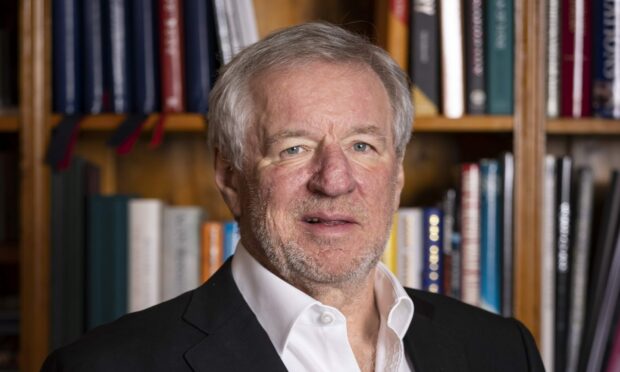
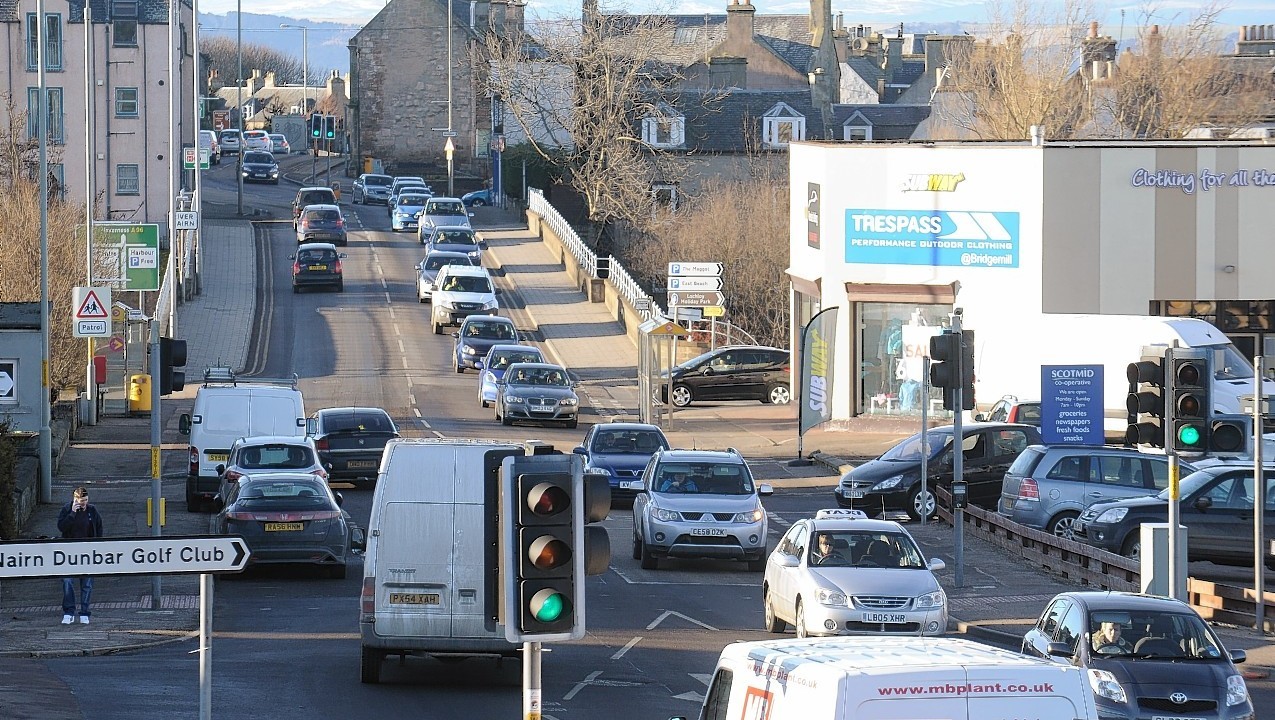
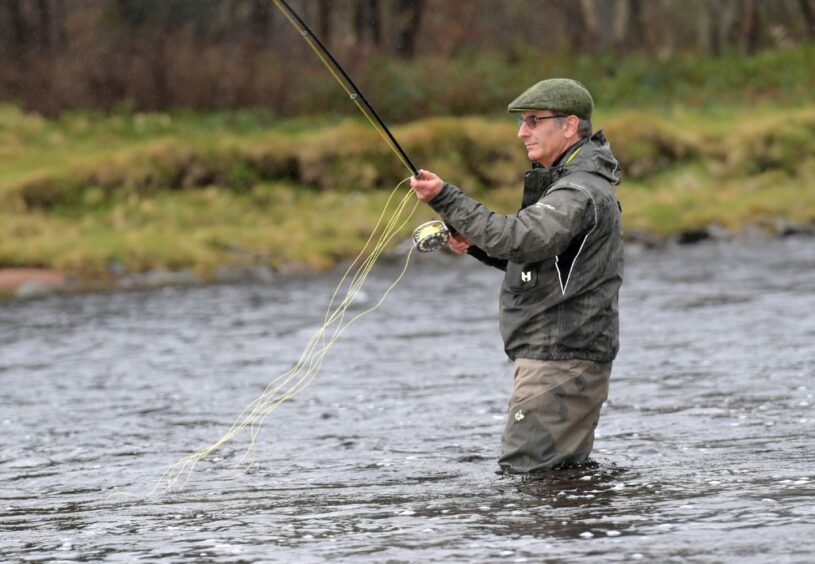
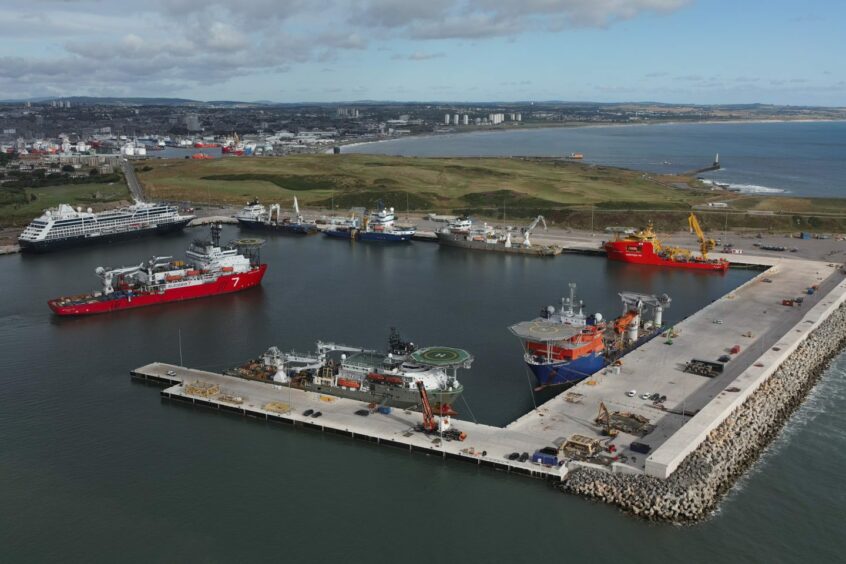
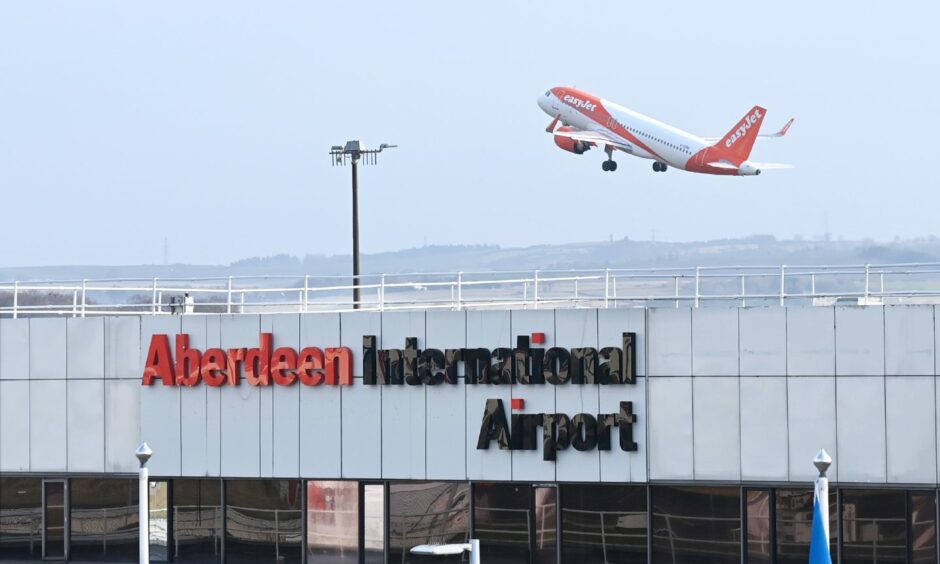

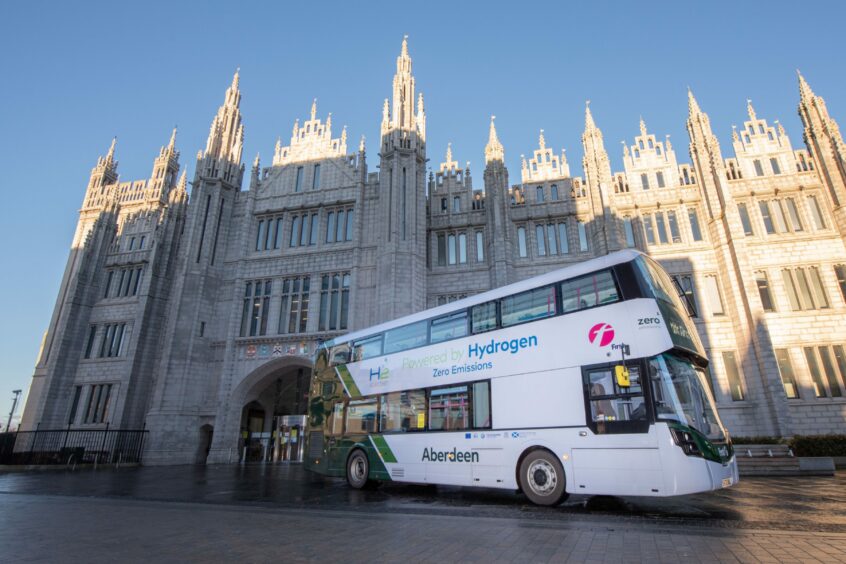










Conversation